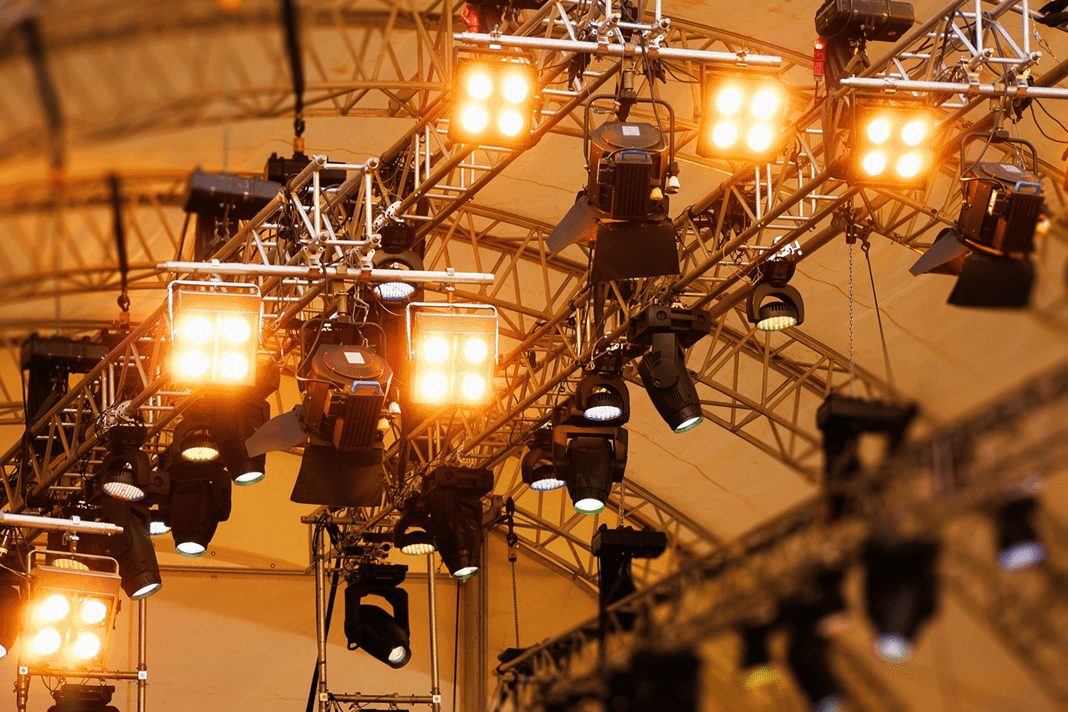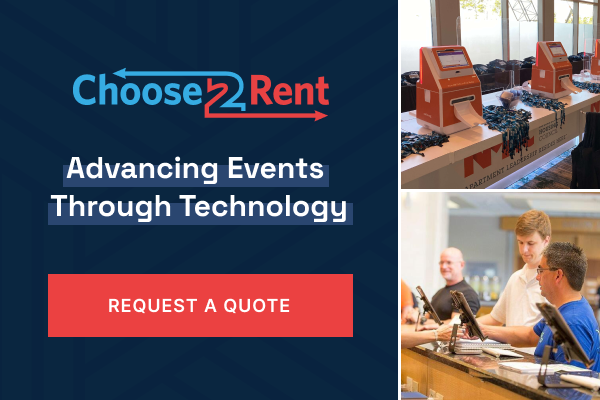 By Daniel Reeve – Production Manager at drp
By Daniel Reeve – Production Manager at drp
There are so many different elements that go into event planning, especially when it comes to the production. From working in a small function room in a hotel, to a conference hall in an even larger venue, each area is complex and different, meaning there are many elements you must look out for.
So, when it comes to choosing the site and the event content, you must take everything into consideration. To help you along the way, here are my ten tips to deliver seamless productions:
- Load access
It is always best, when looking at the venue as a whole, to work out the route from loading bay to event space. The majority of venues will have access to a lift, however, this is often restricted on size and weight, so it’s worth checking beforehand. This will ultimately save time and unnecessary stress to the team.
- Truck access
There are a couple questions to think about here…
Can you get the vehicle into the building (or close enough)? Do you have access to leave the vehicle parked at the venue for long periods of time?
This is usually one of the biggest problems we face when it comes to having truck access, especially in London or other major cities. Parking brings issues such as size restrictions, time restrictions and expensive charges. Do your research beforehand, which public parking facilities, if needed, will be suit your needs.
- Ceiling height
Always look out for smoke alarms, bulky light panels, and any in house projectors, that may be attached to the ceiling or walls. Often venues say that the roof height might be 3 metres but, in actual fact, there may be a fire alarm in the way, preventing you from getting a head start with your production set.
- Correct dimensions
It’s always best to check over any dimensions that were either provided for you, or you took yourself. Ideally, this should be done weeks if not months in advance. You need to make sure that all walls and ceilings have the correct dimensions, and as long as they are listed correctly on your drawings, you will prevent any further issues.
- Power
This one may seem obvious, but it’s extremely important. Almost every event will require electricity of some kind, so you need to check two things.
- Is there enough power to support your plans for the event?
- Is it easily accessible or will you have to think about longer lengths of cable etc?
This will enable you to ensure you have the right amount of equipment on site, to carry out the event efficiently, as ultimately without power, how can you showcase an event?
- Can you control house lights?
You’ve planned and set up your beautiful lighting making the room look spectacular, but then you hit a problem when you arrive at the venue. The only dinner lighting available for the event are the halogen lights in the roof, which would ruin your plans completely.
You must always make sure to double check the lighting that you require and ensure that this is available at the venue. You need to make sure you can control which lights you are able to use so that they fit in with your plan.
- Nearest coffee shop
Who doesn’t love (sometimes, need) a good coffee? To ease the stress and start the day off well, it is always handy to find out where the nearest coffee shop or café is, so everyone can get their much-needed dose of caffeine. This really does go down a treat!
- Double and triple check all plans
Once you get back from your site visit, make sure you take time to reflect. Go back to your plans and double check your set, stage size, the power, in order to see if you’ll need to make any changes. This is mainly to make sure it all fits within the venue and meets all requirements.
- Get someone to check your kit lists
We’re all human, we can forget things, especially if you have a lot on your mind during the production process. The best way to minimise this is to get someone to check over your kit list. There’s no harm in a fresh set of eyes to help support you, as the person in question will always look at it from a different angle and notice something you may have missed.
- Production folder
Organisation is key… A production folder needs to be your best friend throughout this process. Make sure this folder has everything in it, including room plans, set plans, schematics, dimensions and health and safety procedures. That way, if anyone has a question the answers are right there for you to refer back to.
So, there you have it. A list of my top ten production tips which simply outlines the process from site visit to the lead up to a show. If you do these things successfully from start to finish, you should be half way to perfecting your event production!










